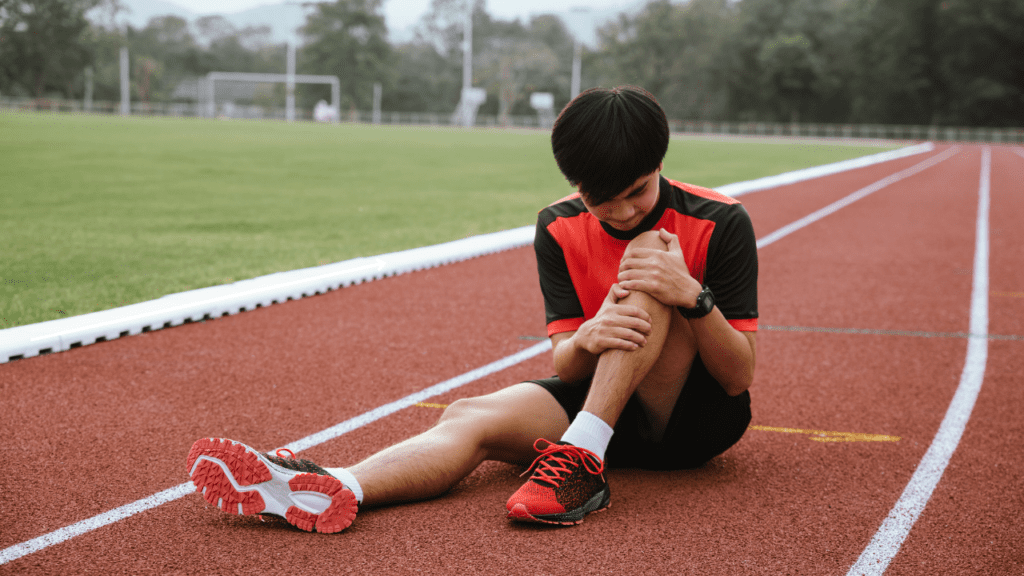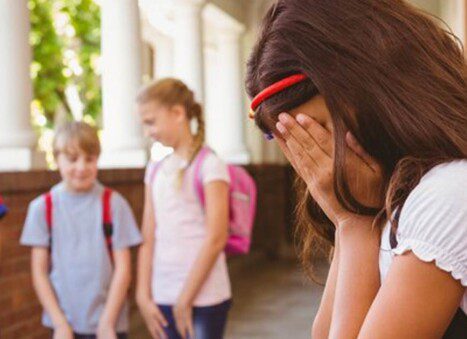
How To Prevent Child Fall Injuries
Child Fall Injuries: As parents, your child’s safety is of utmost importance to you. It’s literally the only thing most of us can think about!
Also, when you think about it – there are so many injuries a child faces in a day! And falling down is perhaps the biggest fear when you think about it!
In fact, babies sit, roll, grasp, reach, and basically do everything they possibly can. During their initial growing years, they move around, tumble over, and get involved in so much.
Moreover, toddlers try to climb out, but they might not have the coordination to deal with certain risks, such as falling.
Fro, pulling themselves upwards using table legs to using dressing tables as jungle gyms, they will reach for everything and anything they can see.
So, the potential for any dangerous tumble or fall into something sharp can take place in almost every area of your house.
But falling down is inevitable – not to mention very, very common. However, that does not mean you can’t prevent the same from happening.
From slipping accidentally on playgrounds to tumbling down the stairs, falls can lead to anything – from minor bumps to severe injuries.
But don’t you worry – we are here to help you figure out how to prevent your child from injuries caused by falling.
Understanding Common Causes of Falls for Children

Falls can occur in various settings and situations, each presenting unique risks for children. Understanding these common causes is crucial for parents to effectively mitigate potential dangers:
- Playground Accidents: Playgrounds are a hub of fun and activity for children, but they can also be hotspots for falls. Uneven surfaces, lack of supervision, and equipment malfunctions can lead to accidents.
- Climbing Hazards: Children’s natural curiosity and adventurous spirit often lead them to climb furniture, trees, or other structures. However, unstable surfaces or unsecured furniture pose significant fall risks.
- Stair Safety: Experienced personal injury attorneys in Pittsburgh emphasize that stairs present a significant fall hazard, especially for younger children who are still mastering their motor skills. Unsecured gates or lack of supervision can lead to dangerous falls.
- Slippery Surfaces: Whether indoors or outdoors, slick surfaces like wet floors or icy sidewalks increase the risk of falls, particularly during inclement weather.
How To Prevent Your Child From Fall Injuries?
So, now that you have a better understanding of these injuries let’s check out what you can do to prevent your child from falling and getting injured.
1. Create A Child-Friendly Environment At Home:
It is imperative that you create a child-friendly environment at home for your little ones. That way, you will not just prevent falls but also minimize potential injuries. Baby-proofing is essential and practical.
At the end of the day, you need a safe environment at home – it also reduces potential risks associated with kids.
We don’t want our children to stop playing because they are too scared to fall down and get hurt. Instead, making your home safe for the sake of your children’s natural growth is the right thing to do.
Here are some safety measures that you can check out to help you out!
- Baby-Proof Your Furniture:
Just anchor your heavy furniture like dressers and bookshelves to the wall and prevent tipping. You can also use corner guards for the sharp edges to minimize the risk.
- Install Safety Gates:
Just place some safety gates near your stairs (both at the bottom and top) to stop kids from reaching any potentially risky area in the absence of your supervision.
- Babyproof Your Windows:
Just like your furniture, it is vital to babyproof your windows as well! If you have open windows, then you can install locals or guards to prevent falls.
- Using Safety Gear:
Equip children with age-appropriate safety gear, such as helmets when biking or skating, to protect against head injuries in the event of a fall.
2. Teaching Children Safe Behavior:

In addition to creating a safe environment, teaching children safe behavior is essential for fall prevention. Teaching and showing children safe ways to play and explaining dangerous behaviors can help instill safe habits in children at a young age. Some ways to teach children safe behavior include:
- Set Clear Rules:
Establish rules and boundaries regarding safe behavior, such as no climbing on furniture or running near stairs.
- Supervised Play:
Provide active supervision during playtime, particularly in environments where falls are more likely to occur, such as playgrounds or near water.
- Model Safe Practices:
Lead by example by demonstrating safe behaviors, such as using handrails when climbing stairs or wearing protective gear during physical activities.
- Educate About Risks:
Teach children about the potential dangers of falls and how to identify and avoid hazardous situations. Encourage open communication and empower children to ask questions about safety.
3. Promoting Age-Appropriate Physical Development:
Physical development plays a crucial role in reducing the risk of falls and injuries in children. Parents can promote age-appropriate physical development by:
- Encouraging Physical Activity:
Provide opportunities for regular physical activity, such as active play, sports, or recreational activities. Physical activity helps develop strength, coordination, and balance, reducing the likelihood of falls.
- Choosing Safe Activities:
Select age-appropriate activities that match your child’s abilities and interests. Avoid activities with a high risk of injury until children are developmentally ready.
- Supporting Motor Skill Development:
Engage children in activities that promote the development of gross and fine motor skills, such as climbing, jumping, and balancing exercises.
- Fostering Confidence:
Encourage children to take risks and challenge themselves within safe limits. Building confidence in their physical abilities can help children navigate their environment more safely.
Preparing For Emergencies:
No matter how hard you try to protect your little one from falls and injuries related to the same, accidents can take place at any time of the day.
Now, since accidents are inevitable, as parents, we should always be ready to deal with emergencies.
Here are some effective ways to deal with emergencies.
- Always keep a first aid kit at home: You have to keep a fully-stocked fast aid kit at home, stocked with ice packs, antiseptic wipes, and bandages to deal with injuries.
- Learn Basic First Aid: Take a first aid and CPR course to equip yourself with essential skills for responding to emergencies. Knowing how to perform child CPR and first aid can make a critical difference in the outcome of an injury.
- Have Emergency Contacts: Keep a list of emergency contacts, including your pediatrician, local hospital, and poison control center, in a prominent location. Program important numbers into your phone for quick access.
- Develop an Emergency Plan: Establish an emergency plan with your family, including evacuation procedures and meeting points in case of emergencies. Practice drills regularly to ensure everyone knows what to do in an emergency.
Preventing child fall injuries requires a multi-faceted approach that encompasses understanding common causes, creating a safe environment, teaching safe behavior, promoting physical development, and preparing for emergencies.
By implementing these essential tips, parents can significantly reduce the risk of falls and ensure the safety and well-being of their children.
Also read
Already have an account?
Sign In
Create your account
User added successfully. Log in








